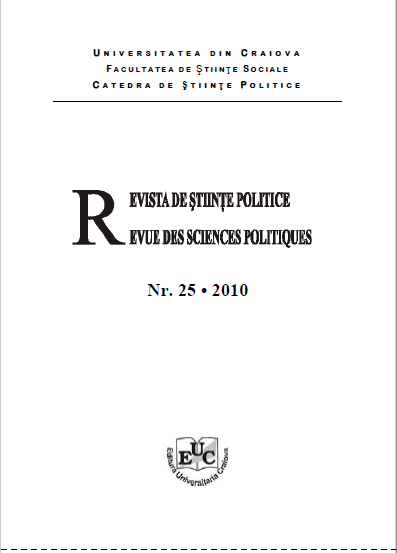Controverse privind separaţia puterilor în stat. Idei din doctrina dreptului public din secolul al XIX-lea
Controversy over the separation of powers in the state. Ideas from the doctrine of public law in the nineteenth century
Author(s): Mihai GhiţulescuSubject(s): History of Law, Public Administration, Public Law, Political history, Government/Political systems, Politics and law, 19th Century
Published by: Editura Universitaria Craiova
Keywords: separation of powers; doctrine; executive; judiciary; government; administration;
Summary/Abstract: The principle of separation of powers is nowadays perceived as a rule of democratic governance and Montesquieu’s tripartite division into a legislative, an executive and a judiciary is considered its unique form. It is less known that many political and legal thinkers criticized the classical division and proposed alternatives. This article is a brief literature review of the XIX century’s public law doctrine. While exploring the works of some French authors (e.g., L.A. Macarel, A. Esmein, H. Berthélemy, Th. Ducrocq) we discovered two main ideas: (1) the existence of only two powers, the legislative and the executive and (2) the division of the last one into two or three branches (i.e., the administration, the judiciary and, in some particular cases, the government). Although very influenced by the French doctrine, famous Romanian authors (e.g., C.G. Dissescu and Paul Negulescu) defended the classical theory of the three powers but they also divided the executive into a governmental and an administrative branch.
Journal: Revista de Științe Politice. Revue des Sciences Politiques
- Issue Year: 2010
- Issue No: 25
- Page Range: 125-131
- Page Count: 7
- Language: Romanian

